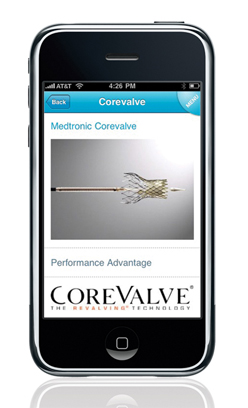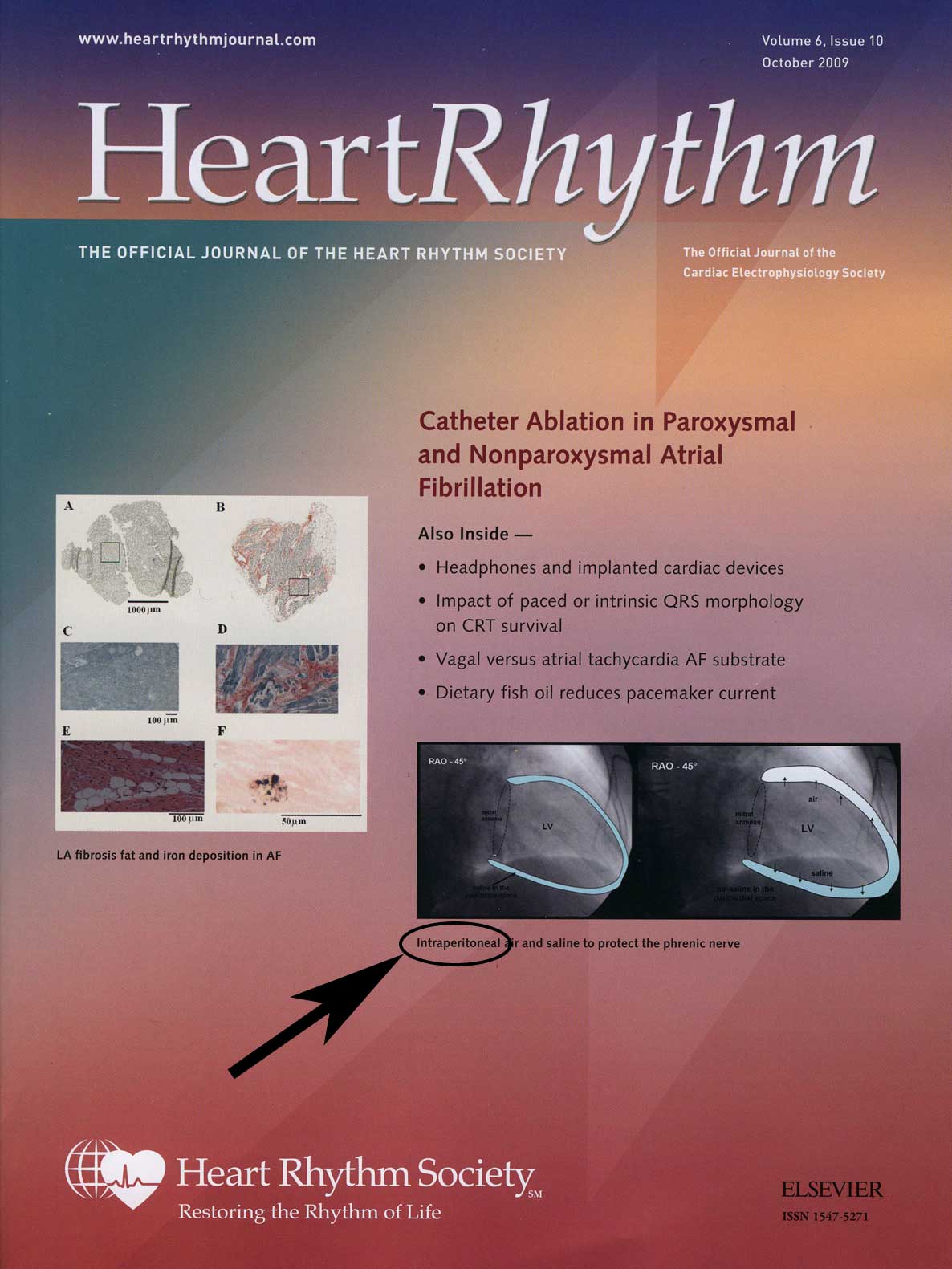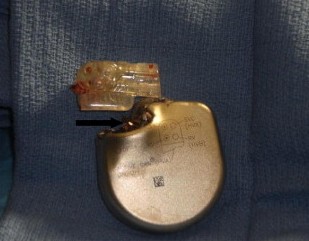
The heart is an amazing organ - incredibly strong as it beats over 31 million times a year while generating enough pressure to eject a column of blood over 5 feet high with each beat, yet incredibly fragile as it can degenerate into a quivering, disorganized lump of muscle with little more than the current from a 9-volt battery.
We've all done it at one time or another: touched a 9-volt battery to our tongue. If that little tingling sensation on the tongue is strong enough, well then, there's probably enough power left in the battery to use it in a smoke detector or transistor radio.
But there is probably enough energy remaining to fibrillate the heart, too. Fortunately for those lingual testers, the not enough energy passes toward the heart as the electrons flow between the closely-approximated poles of the battery as it touches the tongue.
But if there were a wire connected to the heart and the battery passes current to the heart via the wire, ventricular fibrillation ensues as the cells in the heart reach threshold and fire in an uncoordinated fashion, causing the pumping to cease as the wondrous muscle to quiver erratically.
It only takes 1 milliamp of current applied for a sufficiently long period of time (seconds) for the myocardial cells to reach threshold and fire haphazardly, creating ventricular fibrillation. For medical students and residents, the thought of inducing a fatal arrhythmia with something as simple as a
1.5 volt or 9-volt battery seems almost unreal, until they see it in person.
Sometimes in my field there is a need for inducing ventricular fibrillation. Now before people think I've completely lost my senses, realize that cardiac electrophysiologists induce ventricular fibrillation nearly every time they implant a cardiac defibrillator (ICD) to assure the device will properly detect, charge, and restore a patient's heart rhythm in a carefully controlled setting with the patient sedated. This procedure was particularly important in the nascent days of ICDs that were not as efficient at restoring normal rhythm as they are today. Still, it is
estimated that a little more than 5% of initially-implanted defibrillator systems will have unacceptably high energy requirements with their initial lead configurations to assure proper cardiac defibrillation. So with proper backup defibrillation capabilities, patient selection and special safety precautions, defibrillator testing (that is, inducing ventricular fibrillation in a controlled setting to confirm that the ICD will function properly) is usually performed at the time of ICD implant. If excessive energies are required to restore the heart rhythm to normal, electrophysiologists reposition or add additional shocking electrodes to achieve acceptable defibrillation energies before the patient leaves the laboratory.
On very rare occasions, however, the conventional means of inducing ventricular fibrillation during ICD testing proves unsuccessful. In those rare cases, electrophysiologists often
reach for a 9-volt battery to induce the abnormal heart rhythm to permit defibrillator testing. Suffice it to say, the amount of
current required to achieve such a feat is remarkably small and it is almost always successful when other modalities fail. It is no accident that special electrical grounding and isolation circuits are built into all electrophysiology laboratories to avoid even the smallest of current leaks that might cause inadvertant induction of ventricular fibrillation. After all, nowhere are wires touching the heart more than in our laboratories.
People often wonder how electrophysiologists can apply
any electrical energy directly to the heart without fibrillating it as we burn (cauterize) tissue during catheter ablation procedures. The answer is by administering a very high
frequency of energy: low frequencies permit enough time for the cells to reach threshold, while very high frequencies render the heart effectively "blind" to the energy delivered. This is why electrophysiologists apply alternating current of 500,000 Hertz (500 kHz, or "500 on your AM dial") rather than the much slower frequency of energy (60Hz) that leaves our wall sockets or even the low-energy direct current that leaves a common 9-volt battery.
Finally, no discussion would be complete without describing the
defibrillation of the heart (converting the heart back to normal rhythm). To achieve this, ICD's typically apply a very strong 35-joule (830-volt direct current) shock in about a tenth of a second across the fibrillating heart muscle to hyperpolarize all of the cell membranes briefly and disrupt the chaotic activation of the quivering heart muscle. External defibrillators usually apply 10 times that amount of energy (360 Joules) to overcome the resistance of the chest wall and lungs to current flow. If performed soon after the onset of the rhythm, this often results in restoration of normal rhythm and the subsequent resumption of normal cardiac contractions. If not, metabolic derangements make successful defibrillation increasingly difficult. The very short time to defibrillation is probably why ICDs are so effective at restoring rhythms to normal compared to external defibrillators.
-Wes




